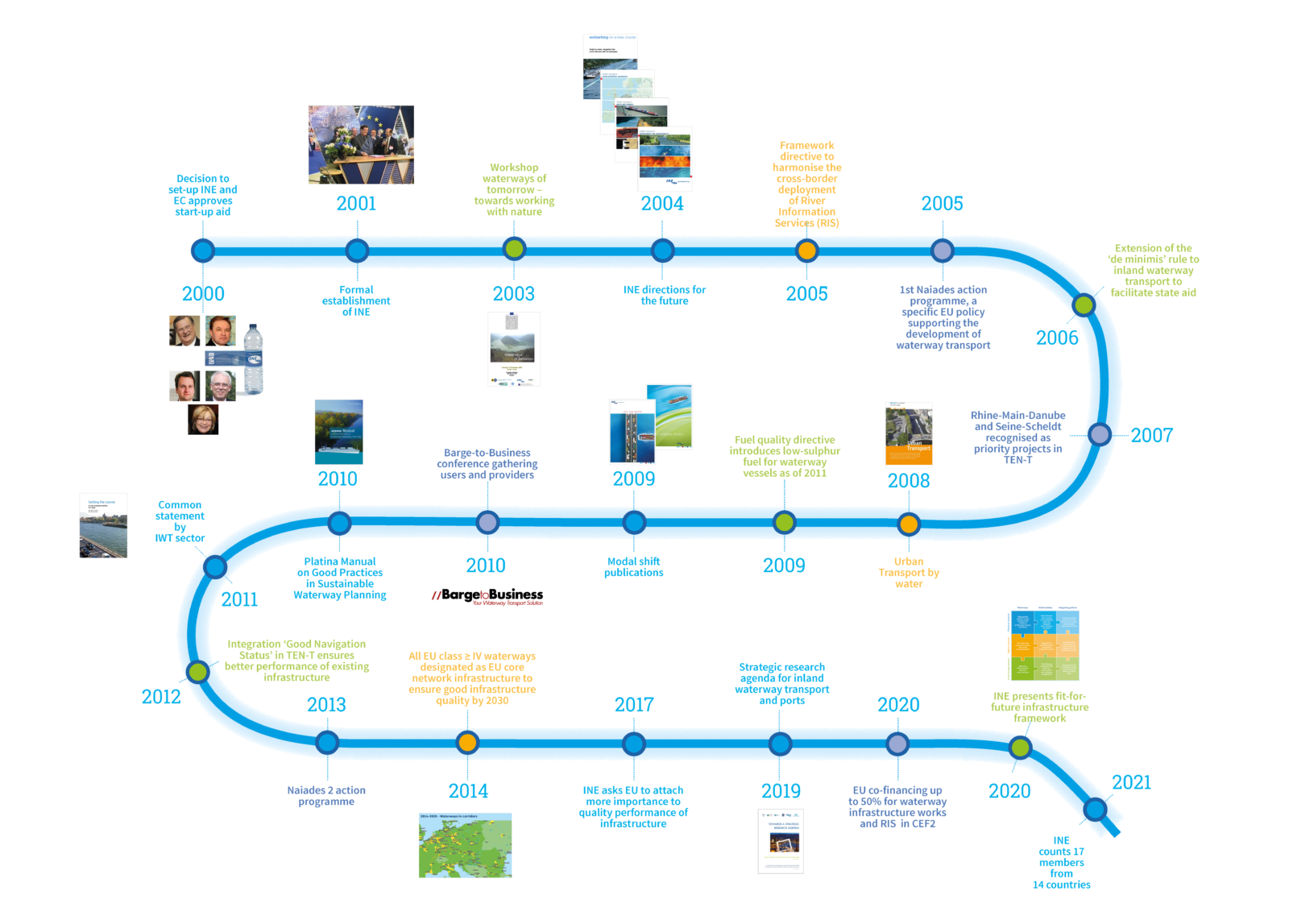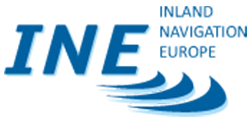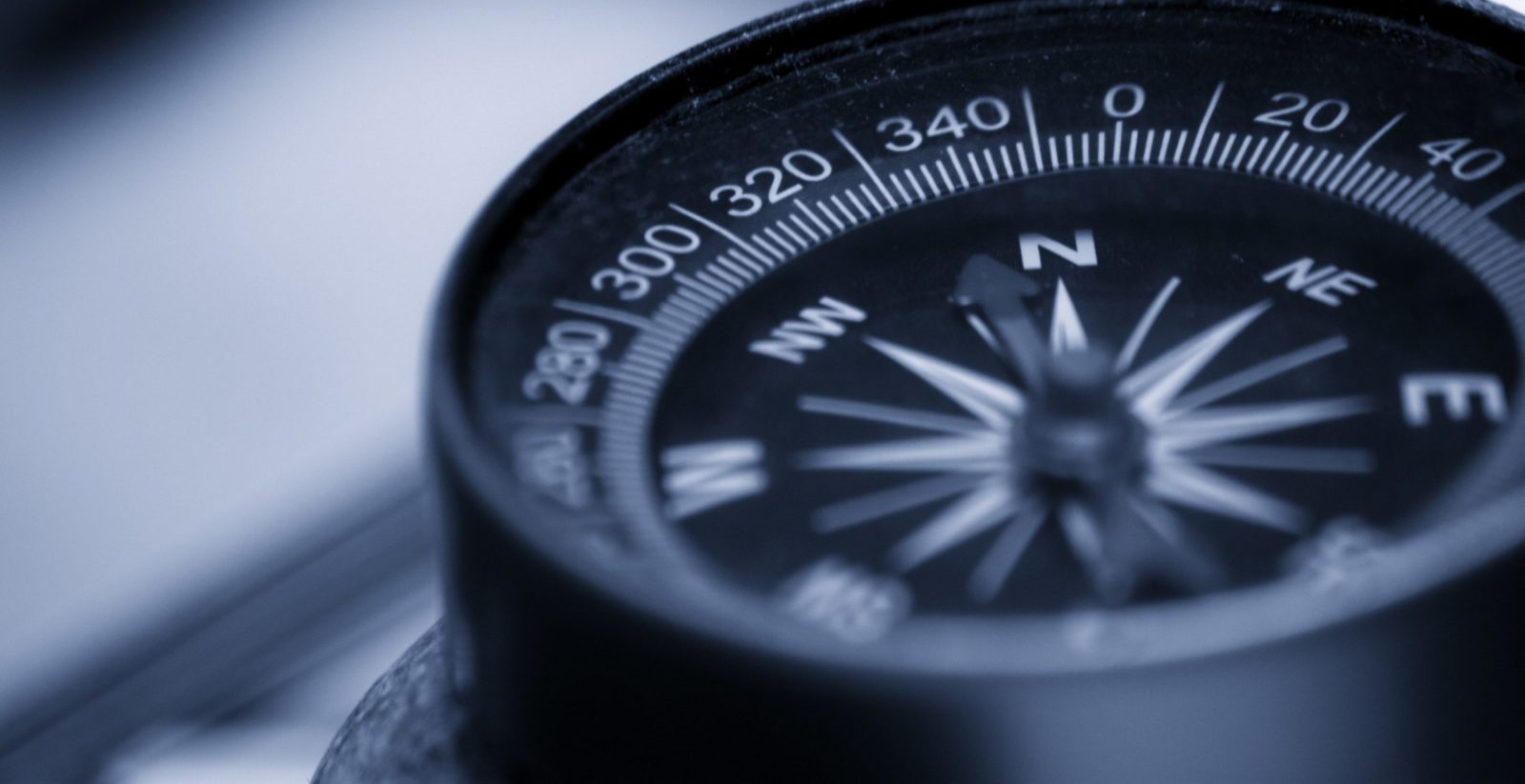Who we are
Inland Navigation Europe (INE) is the European platform of national & regional waterway managers and promotion bureaux. INE members share the deep conviction that moving more goods by water, in EU regions and cities with accessible and navigable rivers and canals, will boost effective and sustainable mobility in Europe.
INE is an independent platform, without commercial interests, established in 2000 with support of the European Commission.
What we do
Inland Navigation Europe works to deliver the EU policy of increasing the waterway’s transport share, and so improve the economics and sustainability of transport in Europe. We do this by:
INE is a meeting place for inland waterway stakeholders where good practice, experiences, and information are exchanged.
With strong and effective networking, our Board works to develop a long-term strategy for competitive and sustainable transport by water at national and European levels.
INE through the years



